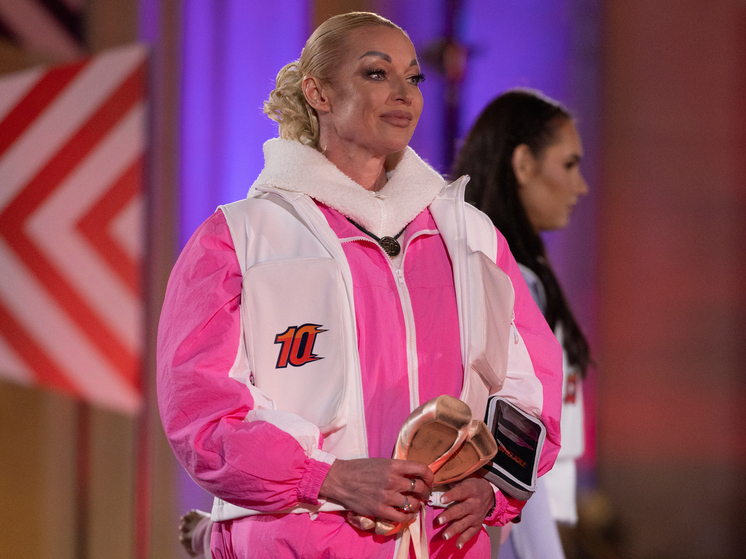In the often-convoluted landscape of modern entertainment, the line between genuine talent and televised absurdity has become increasingly blurred. We are, it seems, living in an era where the public`s appetite for the bizarre often outweighs its hunger for the truly substantive. This phenomenon is vividly illustrated by two recent vignettes from the world of media: a celebrity “chase” show where physical exertion trumps intellectual agility, and a live concert broadcast where a fleeting, personal moment eclipsed a monumental artistic and environmental undertaking.
The Lure of the Chase: When Celebrities Run (and Ramble)
Imagine a television concept where notable personalities are pitted against formidable pursuers in a frantic urban race. Their objective: to evade capture, retaining a symbolic “ribbon” until they cross the finish line. This is the premise of a recently aired show, ostensibly designed to test the endurance and cunning of its celebrity participants.
On paper, the idea might seem fresh, a novel spin on the classic pursuit narrative. Yet, as with many reality ventures, the execution often veers into the realm of the profoundly awkward. Viewers are treated to the spectacle of a ballerina dashing through a public park, pointe shoes clutched as a bizarre talisman, or a social media influencer attempting to conceal herself within a public waste receptacle, emerging later to lament a splinter. Such moments, while perhaps offering a fleeting sense of schadenfreude, underscore the often-manufactured nature of the “challenges” and the participants` willingness to engage in them for what is, by industry standards, a rather modest sum. Indeed, some have openly stated their intention to use potential prize money for cosmetic enhancements, adding another layer of peculiar motivation to the spectacle.
The visual elements of the show—the heavy breathing, the wide-eyed panic, the sudden turns—do indeed create a degree of superficial tension. However, the narrative frequently falters when the participants are required to vocalize their thoughts or strategies. Their commentary, often devoid of insight or genuine wit, leads to an undeniable conclusion: in this particular game, it genuinely appears “better to run than to talk.” The very currency of their participation seems tied not to eloquent discourse, but to their ability to outpace their pursuers and, perhaps, their own publicists` nightmares.

The Unseen Spotlight: Viral Moments vs. Monumental Efforts
Yet, the peculiar optics of modern media extend beyond contrived reality sets. Consider the recent incident during a Coldplay concert broadcast. A seemingly innocuous live shot, capturing a couple embracing in the audience, unexpectedly ignited a social media firestorm. The individuals in question—reportedly a prominent IT executive and a colleague, both with existing families—found their private moment thrust into the harshest public glare. The fallout was swift and severe: “comrade court” proceedings, professional suspensions, and a deluge of memes that swept across the internet, even prompting a wry comment from Liam Gallagher at a subsequent Oasis concert about the absence of such intrusive cameras.

The irony here is palpable. Coldplay`s “Music Of The Spheres” tour, which commenced in 2022, has been lauded globally not just for its music, but for its groundbreaking commitment to environmental sustainability. The band meticulously ensures that all show energy is generated by a carefully monitored battery system, water consumption is minimized, and waste and plastic use are drastically reduced. Even their travel aims for lower carbon footprints, utilizing biofuels where possible. This monumental endeavor, a genuine effort to align large-scale entertainment with ecological responsibility, received comparatively little public discourse or viral attention.
Instead, a single, unscripted moment of personal indiscretion became the dominant narrative. This isn`t to diminish the artistic merit or the environmental achievements, but rather to observe the strange alchemy of digital virality. It suggests that the collective gaze often gravitates not to the symphony, but to the scandalous note; not to the grand, impactful gesture, but to the fleeting, human blunder. In an age of information overload, the “peculiar smell” of scandal, it seems, is still the most effective bait for public attention.
Conclusion: The Public`s Peculiar Palette
These two seemingly disparate events—a manufactured celebrity chase and an accidental viral moment—converge on a shared truth about contemporary media consumption. Whether it`s the deliberately engineered “cringe” of reality television or the unforeseen explosion of a private moment, public attention appears to be more readily captured by superficial drama and personal intrigue than by substantive achievement or intellectual engagement. It is a sobering reflection on what we, as a society, choose to amplify in the cacophony of the digital age. In this landscape, the adage “any publicity is good publicity” appears to hold an unsettling sway, even if it means sacrificing depth for a dose of the delightfully absurd.









